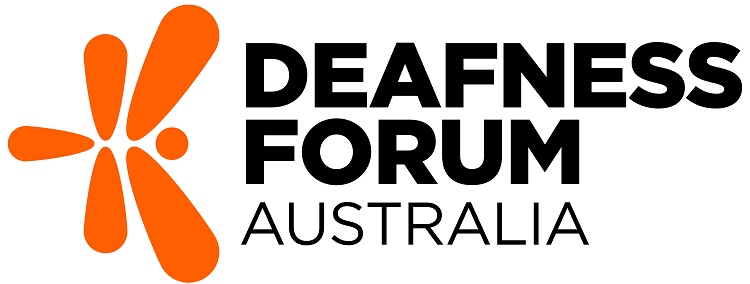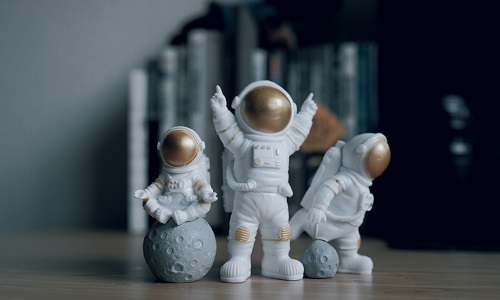Space exploration pushes human limits, but one often-overlooked hazard is the acoustic environment. While the vacuum of space itself is silent, spacecraft are filled with noise from life-support systems, exercise equipment, and communications tools.
Research reveals that prolonged exposure to these sounds doesn’t just risk hearing damage. It also affects cardiovascular health, sleep quality, and mission success.
Noise-induced hearing loss has been documented across decades of space missions. Studies of Soviet-era Salyut and Mir stations found that 27 of 33 cosmonauts developed permanent high-frequency hearing loss after long-duration flights. Similarly, NASA’s analysis of 386 astronauts revealed measurable permanent threshold shifts in hearing sensitivity after missions as short as 9 days. Hearing loss often occurs at frequencies critical for speech (3–8 kHz), complicating crew communication. Even moderate noise levels, averaging 72 to 85 dBA on the International Space Station, become hazardous over months due to 24/7 exposure. Some astronauts recover low-frequency hearing after 30–60 days post-mission, but high-frequency loss can persist. The absence of gravity exacerbates risks: sound waves propagate differently in spacecraft, and crews cannot always perceive harmful ultrasonic or infrasonic noise.
Beyond Hearing: Broader Physiological Impacts
Noise pollution in space doesn’t stop at the ears. Research highlights systemic effects, including cardiovascular strain. Prolonged exposure elevates stress hormones, increasing heart rate and blood pressure. Studies link International Space Station noise levels above 60 dBA to heightened risks of cardiac arrhythmia. Noise also disrupts sleep patterns, as the International Space Station’s average sleep-period noise level (59.7 dBA) exceeds Earth’s recommended 50 dBA limit, reducing rest quality. Fatigue from poor sleep can impair decision-making during critical tasks.
Noise interferes with speech communication and concentration. For example, NASA reports note that elevated noise during Shuttle launches (118 dB internally) disrupted crew coordination.
Mitigation Strategies: Progress and Gaps
Space agencies have implemented protocols to reduce risks. Hearing protection devices are mandatory for noise above 72 dBA on the ISS, although compliance is challenging during long tasks, and hearing protection devices can hinder communication. Engineering controls, such as improved fan designs and acoustic dampening materials, have lowered International Space Station noise from early highs of 85 dBA to safer averages. Crew-worn acoustic dosimeters track real-time exposure, helping identify hazards like clogged fans or noisy experiments. Despite progress, challenges remain: 41% of International Space Station work periods still exceed 85 dBA, risking cumulative damage. Additionally, there is a lack of research on how ototoxic agents (e.g., medications) may synergise with noise to accelerate hearing loss.
The Path Forward
As missions target Mars and beyond, ensuring crew health requires enhanced noise standards that align with terrestrial occupational guidelines (e.g., 8-hour exposure limits). Long-term audiometric studies are also necessary, as current data relies heavily on post-mission tests, which may miss in-flight adaptations. Psychological support is crucial as well, addressing noise-induced stress through habitat design and crew training
NASA’s ongoing acoustic research underscores a key message: silence isn’t just golden, it’s essential for safe exploration.
From Risk of Hearing Loss and Performance Decrements Due to Acoustics Issues in Space

